Although, the use of healthcare equipment and medical devices is in common practice in the home setting since long, however, in the prevailing situation of the Corona pandemic, an unprecedented increase in the use and demand of such devices has been experienced worldwide. It is expected that the same trend shall remain continued for another couple of years.
It is commonly observed that the advanced healthcare systems are stretching beyond its capacity, professional healthcare providers, such as doctors, paramedics and nurses are mostly engaged in critical care, and any visit to the hospital has the associated risk to cause direct social and human interaction exposing the healthcare recipients and providers to a more complex health condition (e.g. Covid-19).
That’s why using medical devices at home is the best option to take care of the health conditions of elderly patients as well as patients infected with the coronavirus. However, there is a dire need for the deep knowledge of the home use healthcare equipment and medical devices as without profound understanding and necessary training, it is difficult to operate these devices, and if used improperly, may result in serious repercussions.
In this blog post, the important medical devices and common healthcare equipment widely used in home-based healthcare management throughout the world have been discussed in detail. The crux of the blog is to create awareness among the users and sensitize them about the important precautions to be taken care of while using these devices hence saving precious human lives from negative impact of the faulty use of such widgets.
This blog post mainly covers the following important areas for the best use of home healthcare equipment and medical devices:
- Historical background of the most common and important home-use medical devices
- Why health care has been moved from the hospital setting to the home environment?
- Implications of migration of healthcare from the hospital setting to the home environment?
- Importance of healthcare equipment and medical devices
- Major types of healthcare equipment and medical devices
- How to use home medical equipment and healthcare devices properly?
These important areas are elaborated in the following section:
Historical background of the most common and important home-use medical devices
The home-use medical devices have a long historical background and are used widely throughout the world. In order to understand the concept of the home-based healthcare system, it is very important to know about the history and development in this regard.
The widely-known types of healthcare equipment which found in almost every house or a residential setup, are used commonly in performing home-based medical treatment and first aid. The common medicine administration equipment consists of dosing cups for measuring drugs in liquid form and splitting devices used for dividing the pills for different dosages. Similarly, the first aid devices comprised of thermometers, heating pads, bandages and snakebite kits.
Assistive technologies and durable medical equipment are other medical devices widely used in the homes. Mobility aids (e.g. canes, wheelchairs, crutches and walkers) or sensory aids (e.g. glasses and hearing aids) are included in this category of equipment. Similarly, prosthetic devices (e.g., artificial legs or arms) and orthotic devices (e.g. leg braces and shoe inserts) are also parts of this category. Durable healthcare equipment includes devices related to the environment (e.g. specialized beds and person lifting and transferring equipment) as well as toileting aids.
In the recent times, new developments have been taking place and many other medical devices have also been migrating from hospital to home setting which enabled the people to manage their own healthcare without any difficulty in the privacy and convivence of their own homes. In this regard, a wide variety of blood and urine testing kits are featured to monitor different types of chemicals and conditions (e.g. cholesterol, illegal drugs and pregnancy etc).
Apart from this, measuring blood pressure and glucose levels can also be identified through different kinds of meters, available on the marketspace conveniently. Furthermore, the measurement of blood coagulation (e.g. prothrombin time) and international normalized ratio, PT/INR for the people taking a blood-thinning medicine, is also possible these days at-home setup, whereas pulse-oximeter for identifying blood oxygen level is in common use as well.
Why healthcare has been moved from the hospital setting to the home environment?
The migration of healthcare from the hospital setting to the home environment was all the rage since long but with a relatively slower face. However, unprecedented rise in the trend was experienced during the last couple of years mainly because of the underlining factors such as the rising cost of healthcare services at hospitals and shortage of standard medical facilities and scarcity of trained paramedics at healthcare centers. Besides, remarkable advancement made in the field of health care technology accelerated this momentum. The prevailing Covid-19 epidemic is another major factor behind this transformation in the health care system around the globe.
As a result, of these newfangled developments, a large number of medical equipment and healthcare devices have been migrating from hospitals to home environment, these days. Now, even complex medical devices such as infusion pumps, dialysis machines and ventilators are being used outside the hospitals for instance at home or at residential setups.
Implications of the migration of healthcare from the hospital setting to the home environment
The shifting of medical equipment from the hospital setting to the home environment has changed the status and dynamics of the healthcare system throughout the world. Nowadays, a large number of medical devices and health care equipment are being used at home by patients without any difficulty.
However, there are several precautions which must be taken into consideration associated with the healthcare system in the perspective of home healthcare.
As a matter of fact, the migration of healthcare from hospital to home setting has increased the availability of medical services to healthcare recipients, resulting in timely diagnosis and early treatment which is indeed a striking development.
Similarly, healthcare at home is also instrumental in safeguarding patients from direct social and human contact and interaction at hospitals minimizing the risk of infection which is a direly required in the prevailing situation of Corona epidemic.
At the same time, there are a number of precautionary measures to be taken into serious consideration during the course of health care management at home.
For instance, using medical devices at home needs proper education and training to operate efficiently and effectively. However, this has commonly been experienced that many times the healthcare recipients fail to operate those devices according to the given instructions. This is mainly due to lack of education, proper training and necessary understanding of the technology, and faced serious repercussions such as death or other complex health conditions. Hence, it is essential to have proper knowledge about the operating procedures of home healthcare equipment and medical devices.
The growing importance of healthcare equipment and medical devices
The use of healthcare equipment and medical devices is very crucial in the initial investigations, early diagnosis and further treatment of diseases and different types of complex health conditions. Without home-use medical devices, the treatment of patients in the hospital environment by healthcare professionals, doctor and nurses shall have seriously been constrained.
In the rapidly changing world, the use of home-use healthcare devices has increased manifold as compared to the past. Nowadays, the health care professionals have to rely heavily on the reports and findings of the home-use medical equipment which help them to identify the health-related issues and complex health problems of the patients.
In this context, it is to be noted that home-use healthcare devices have a wide variety extending from a small level to a mass level around the globe used in normal as well as emergency situations.
Major types of healthcare equipment and medical devices
There is a wide range of home healthcare devices briefly introduced above, however, these can be divided into 12 major categories which are given below:
- Medication Administration Equipment
This category includes dosing equipment (e.g., cups, eyedroppers, blunt syringes), nasal sprays, inhalers, medication patches and syringes/sharps.
- Test Kits
This category includes pregnancy test, male/female/stress hormone test, cholesterol test, allergy test, bladder infection test, HIV test, Hepatitis C test and drug, alcohol, nicotine test
- First Aid Equipment
This category includes; bandages, ace bandage, compression stocking, snakebite kit, heating pad, traction, ostomy care, tracheotomy care and defibrillator.
- Assistive Technology
This category includes; eyeglasses, hearing aid, dentures (full or partial), prosthetic device, orthotic device, including braces, cane or crutches, walker, wheelchair and scooter.
- Durable Medical Equipment
This category includes hospital bed, specialized mattress, chair (e.g., geri-chair or lift chair), lift equipment and commode, urinal, bedpan.
- Meters/Monitors
This category includes thermometer, stethoscope, blood glucose meter, blood coagulation (PT/INR) meter, pulse oximeter, weight scale, blood pressure monitor, apnea monitor, electrocardiogram monitor and fetal monitor.
- Treatment Equipment
This category includes IV equipment, infusion pumps, dialysis machines and transcutaneous electrical nerve stimulation systems.
- Respiratory Equipment
This category includes ventilators, continuous positive airway pressure, bi-level positive airway pressure, demand positive airway pressure equipment, Oxygen cylinder, Oxygen concentrator, nebulizer, masks, canulas, respiratory supplies, cough assist machine, suction machine and manual resuscitation bags
- Feeding Equipment
This category includes feeding tubes (nasogastric, gastrostomy, jejunostomy) and enteral pump
- Voiding Equipment
This category includes catheter and colostomy bags.
- Infant Care
This category includes incubator, radiant warmer, bilirubin lights, phototherapy and apnea monitor.
- Telehealth Equipment
This category includes cameras, sensors, data collection and communication equipment (e.g., computer) and telephone or internet connections.
How to use home medical equipment and healthcare devices properly?
It is the prime responsibility of the manufacturer to make user-friendly, accessible, safe and affordable medical devices, however, there are some instructions for the healthcare recipients to follow while using medical equipment.
- Take presentation or guidance from the seller
Whenever you purchase a medical device, take oral presentation and guidance from the seller or manufacturer as it will give you a deep understanding about the proper use of the equipment.
- Read the instructions, labels and manual carefully
After buying a device, you should read the warning labels and attached manuals to know about the proper usage by understanding the associated hazards and repercussions which result due to improper usage or operation of the device.
- Search on the Internet
To keep yourself updated, seeking further information on search engines such Google, YouTube and LinkedIn etc. by reading the models its attributes, features, pros and cons and watching the relevant videos about using the healthcare equipment will educate you properly.
- Take necessary training from health care professionals
If you don’t understand the use of medical equipment through any of the above methods, it is advised you to contact a relevant health care professional and take proper practical training from him/her to run your equipment professionally.
- Share and discuss progress with the concerned persons
In order to improve and polish your skills of using medical devices, please share your experience and discuss your progress with a relevant person to certify your capability.
- Report properly, if you face any issue or problem
It is very pertinent to report problems in time if there is any unpleasant situation. Here, it is to be noted that there is no need of shyness or blaming yourself after facing a problem but to contact the concerned persons feel free to resolve the issue.
- Follow up and learning
Following up your complaint is very important to solve the problem and recover the apparatus by learning from the experience of a problematic and unpleasant situation.

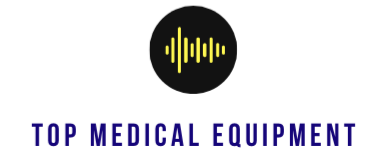
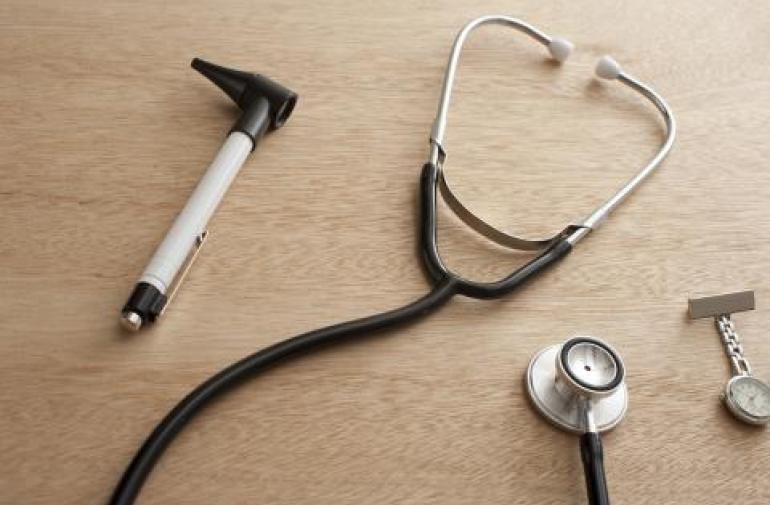


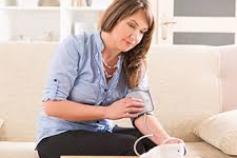

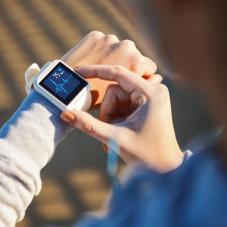
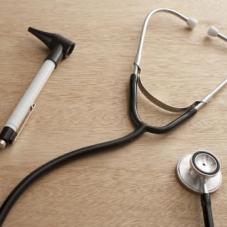
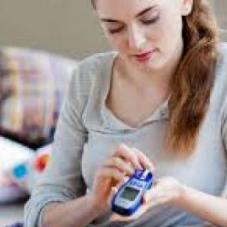
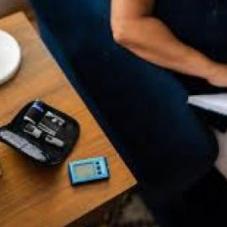
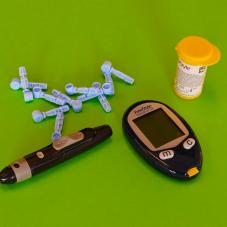
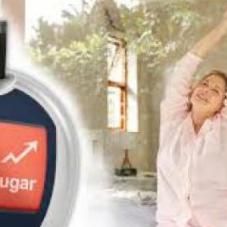

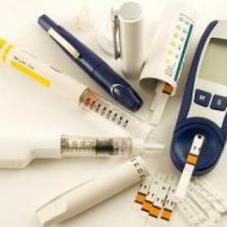
0 Comments